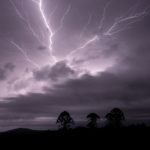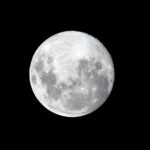Tip of the month: February 2023. Eye Contact – the making or breaking of your wildlife photography
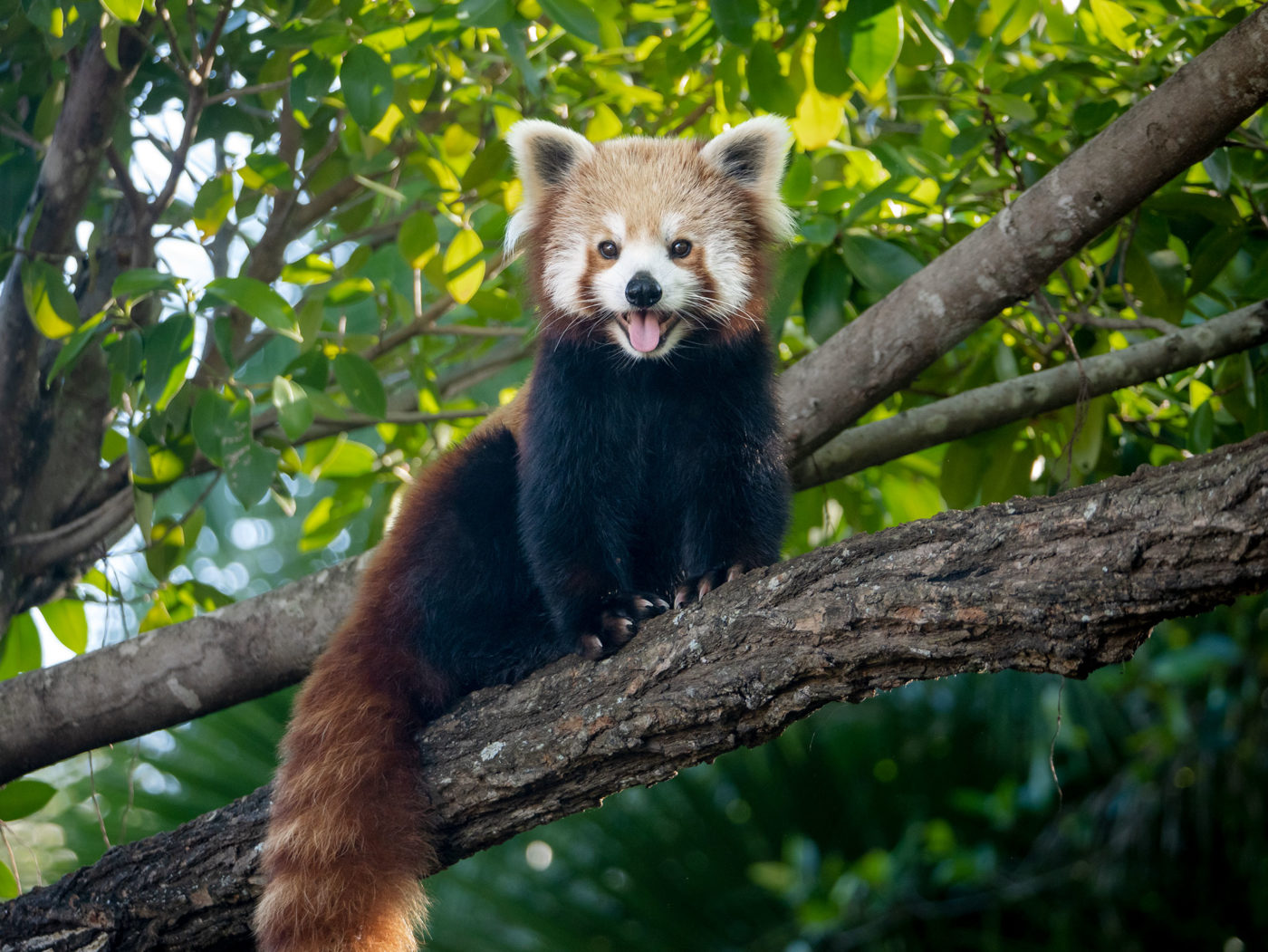
Whenever we meet/greet a person in the real world, we seek to make eye contact – even if we’re not aware of it. But did you know that viewers do the same thing when they look at a photo of an animal or a person? Eye contact is what creates a personal connection with the subject, and it can be the difference between a so-so ordinary shot and something really special. So here are a couple of tips to help you make eye contact more effective.
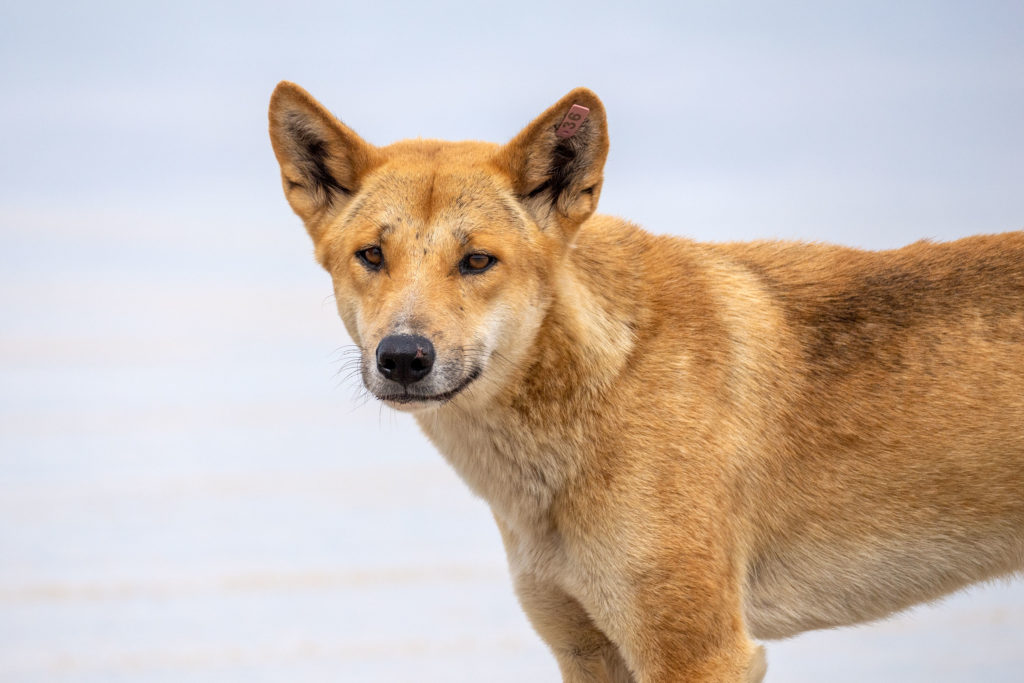
1: MAKE SURE THE EYES ARE IN FOCUS. Most wildlife photos are taken at close quarters, with a telephoto lens, and that means a shallow depth of field. You can’t always have your entire subject in focus, so if in doubt – focus on the eyes. If the eyes are sharp, people may not even notice when other parts of the subject are out of focus. But if the rest of the subject is sharp and the eyes are soft – viewers will spot the mistake right away.
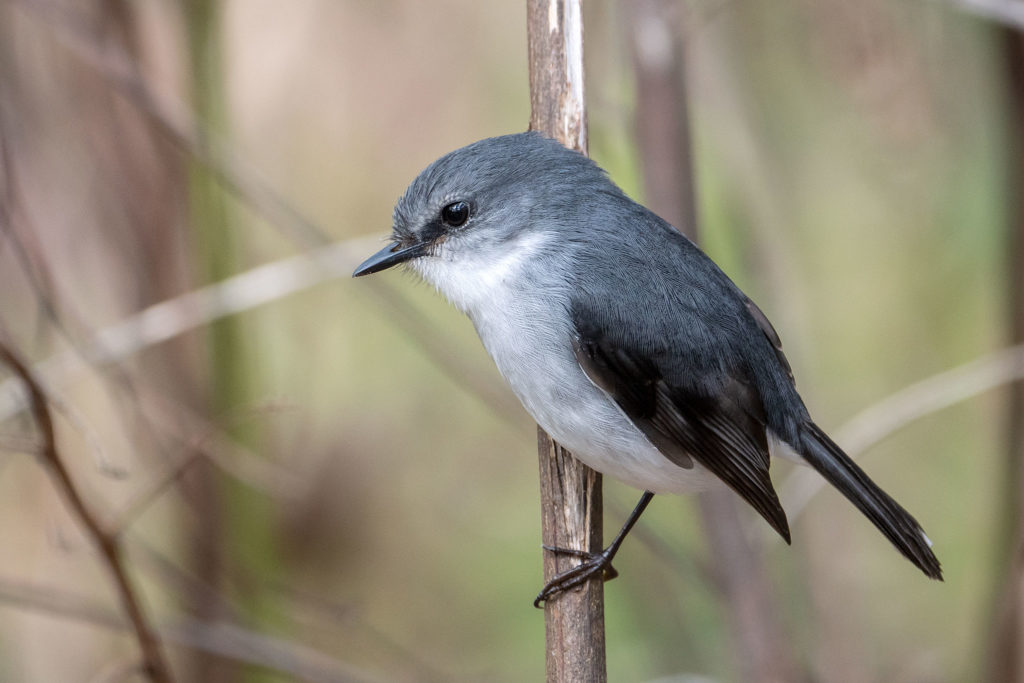
2. GET TO THE SUBJECT’S EYE LEVEL IF YOU CAN. It’s not always easy, but if your subject is low to the ground like my shingleback lizard below, try to get the camera down low as well. This gives the viewer the feeling that they are sharing a moment inside the animal’s world. Shoot looking down from above and the illusion is lost.
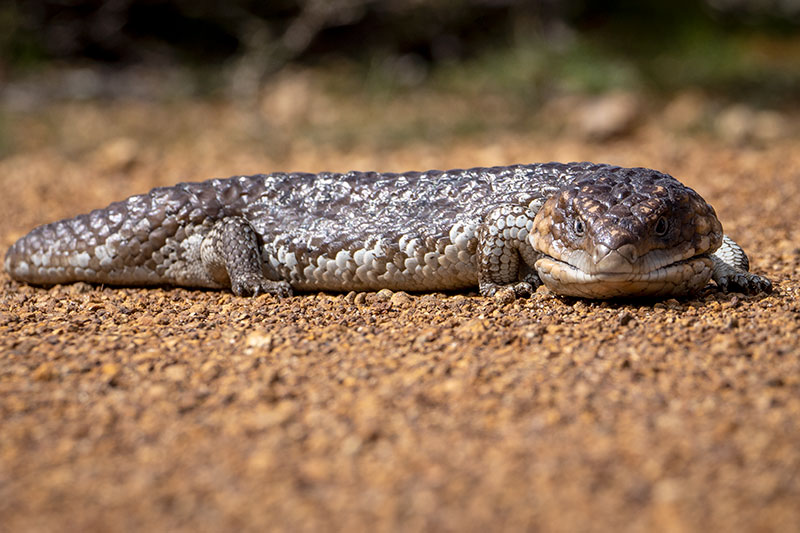
2. IF YOU CAN’T GET TO EYE LEVEL, TRY TO IMPROVE THE ANGLE. Too often I see people trying to photograph a bird up in a tree by standing right below it and looking up. That’s because we instinctively want to get as close to the subject as we can. But looking at a feathery backside from below is hardly the best angle. It’s a better idea to stand further back to improve the angle. You might not be at eye level, but you have a much better chance of capturing eye contact if you are not shooting at such a steep angle.
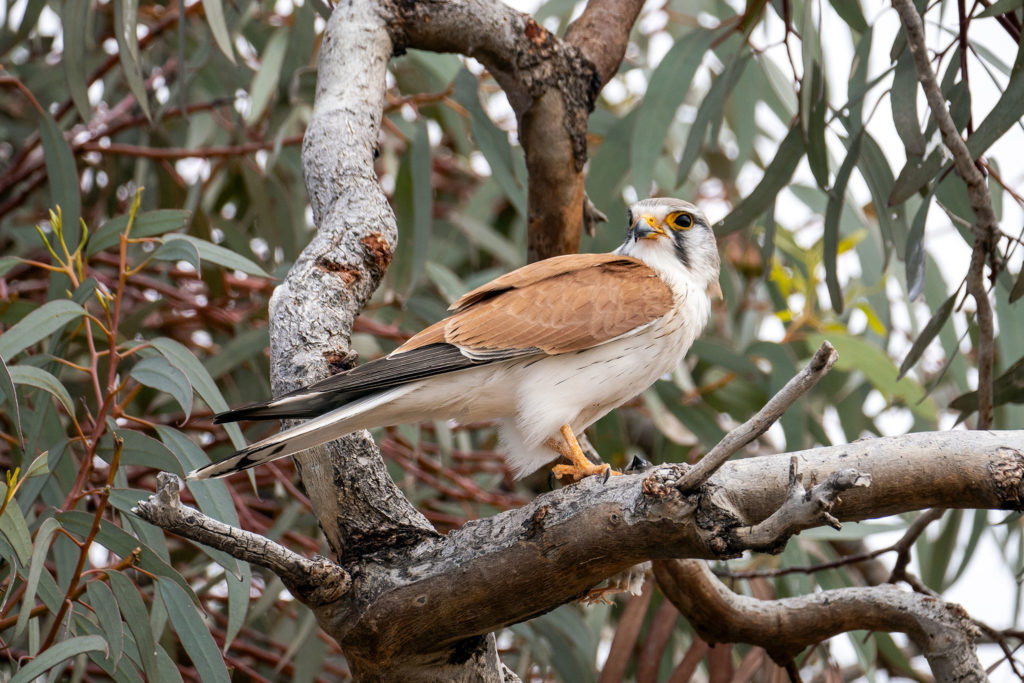
Comments are closed.


